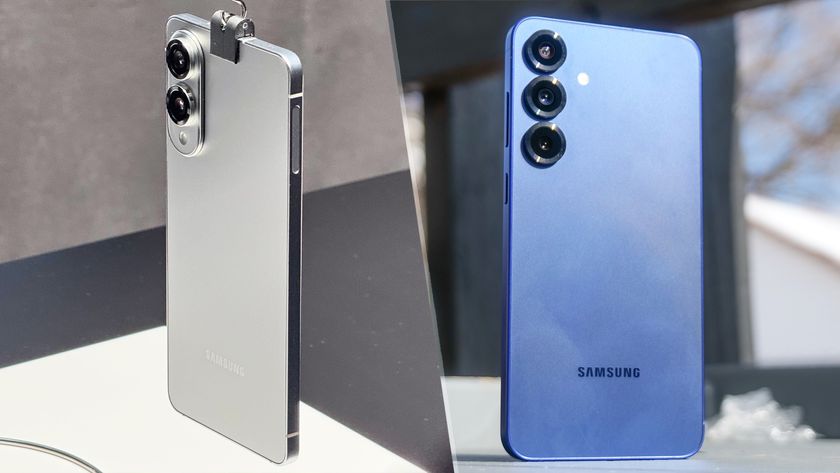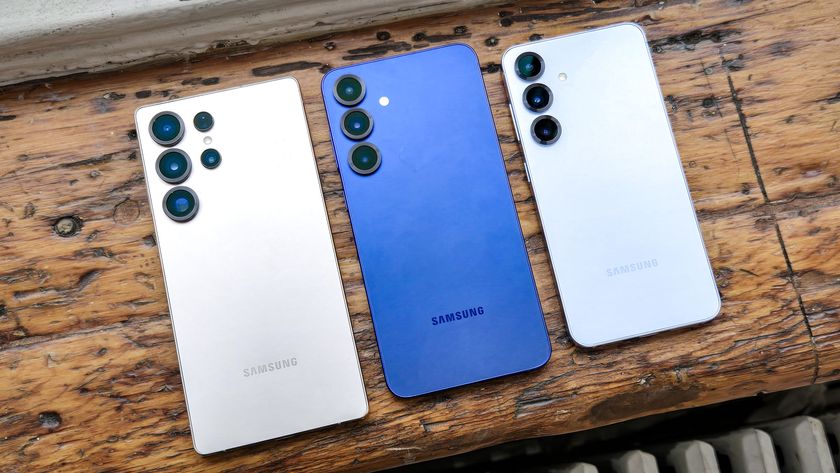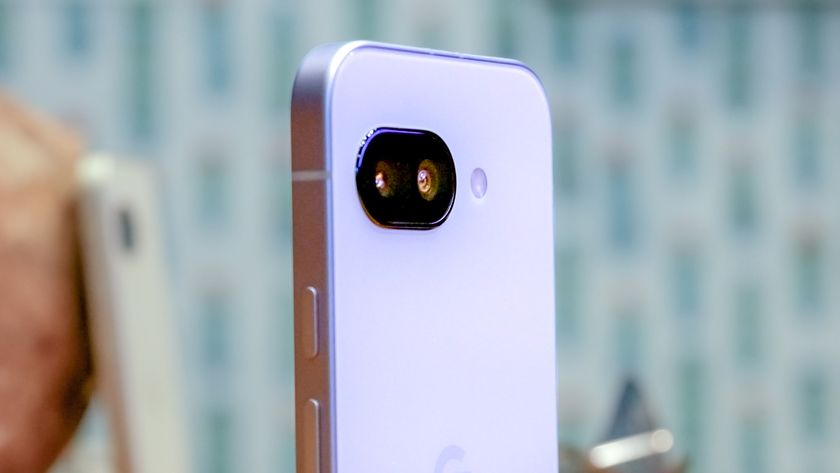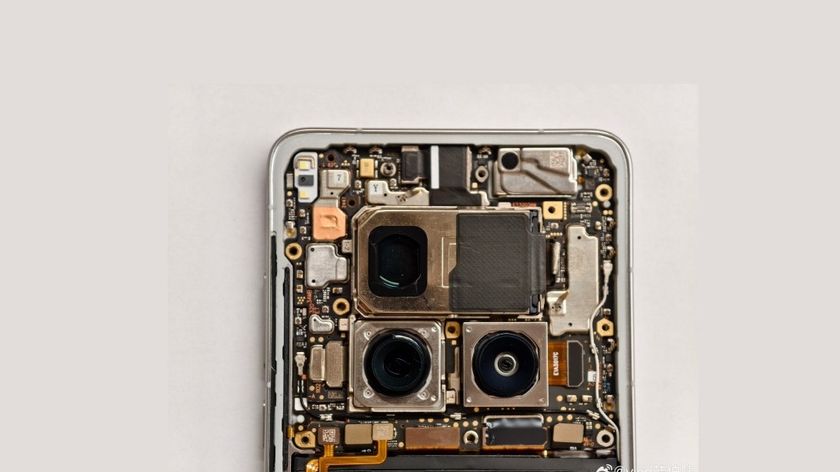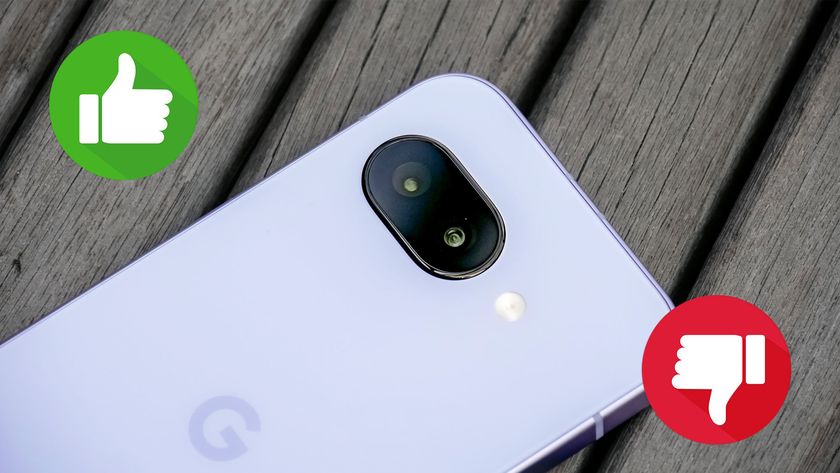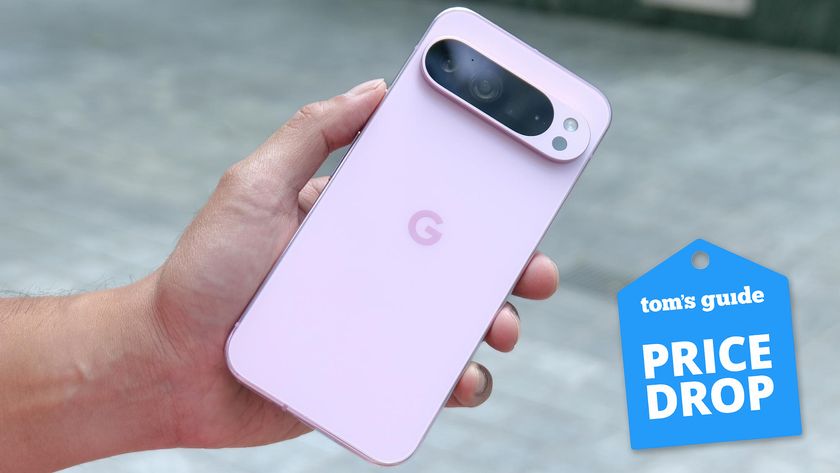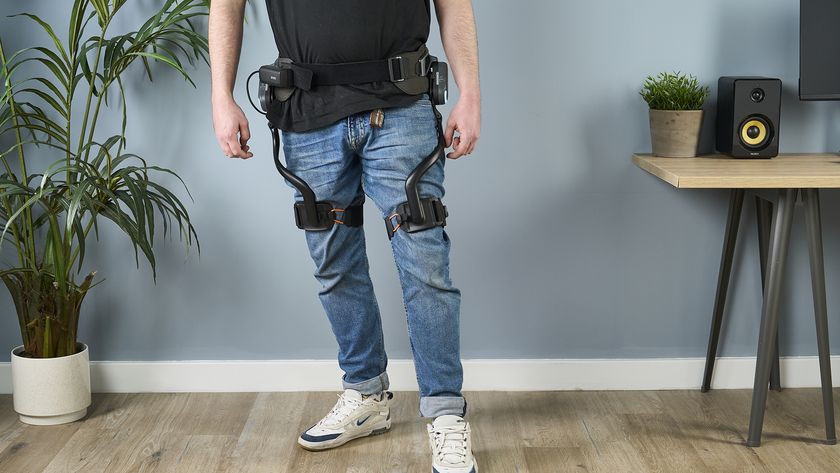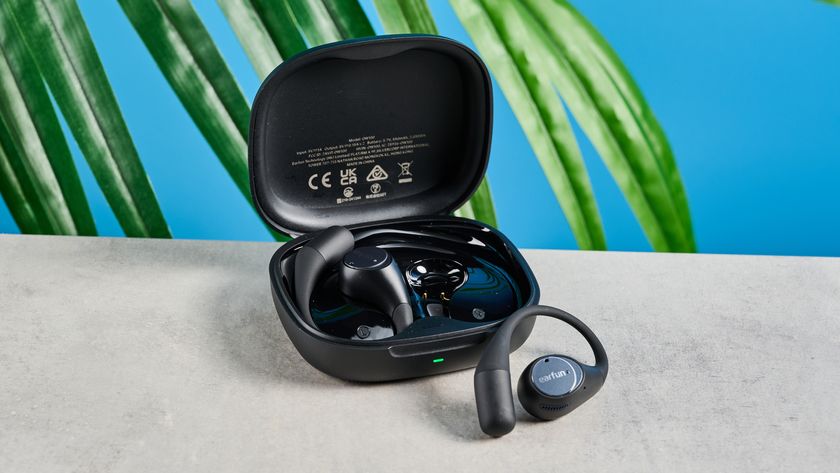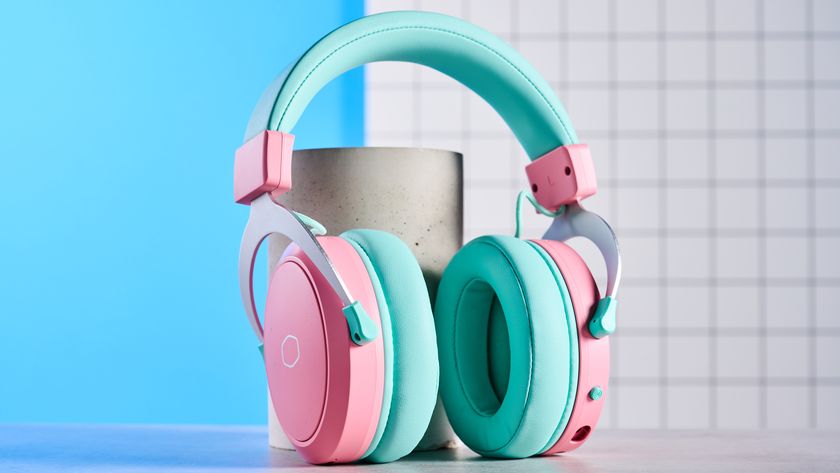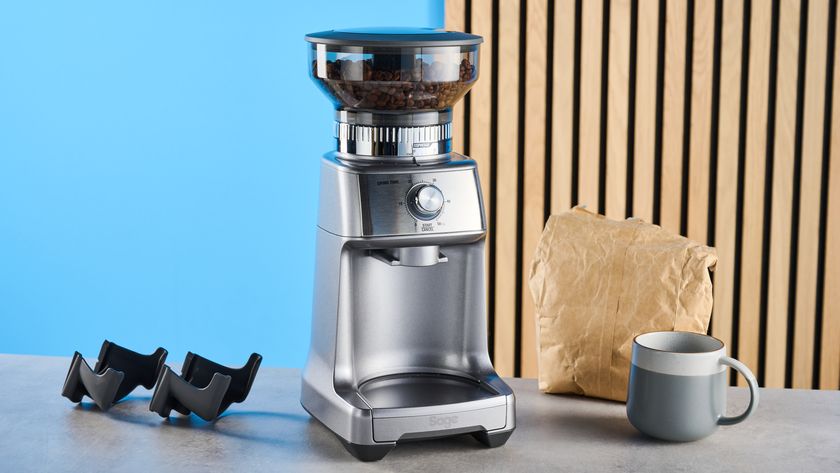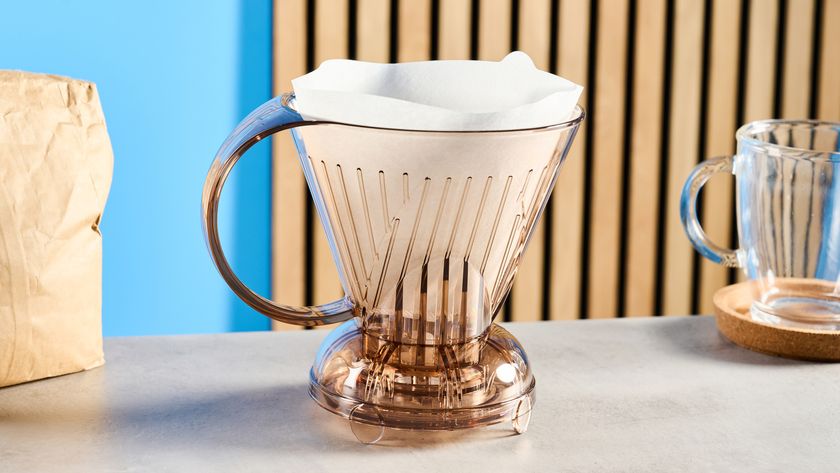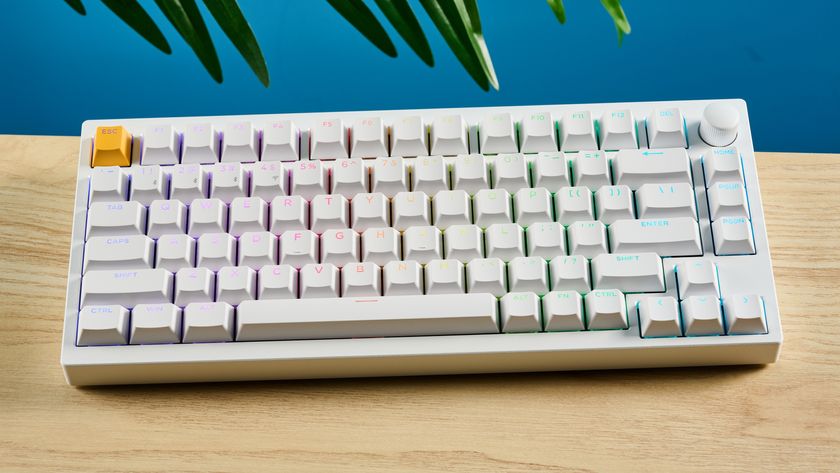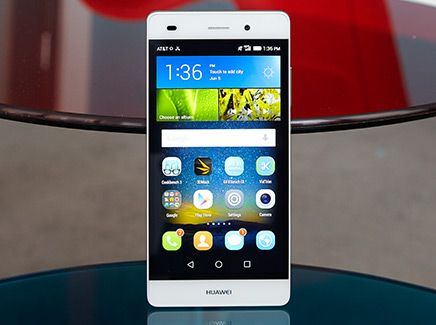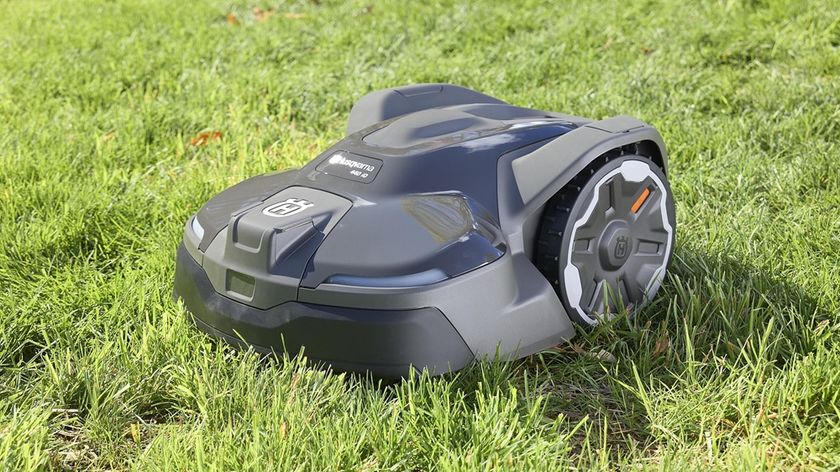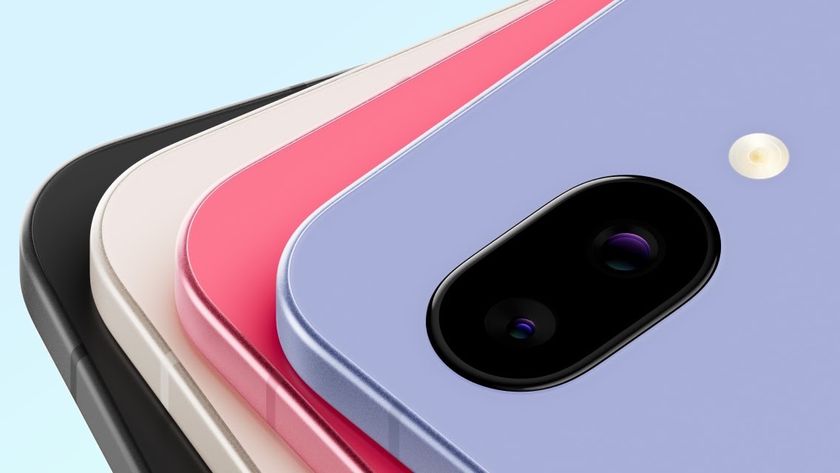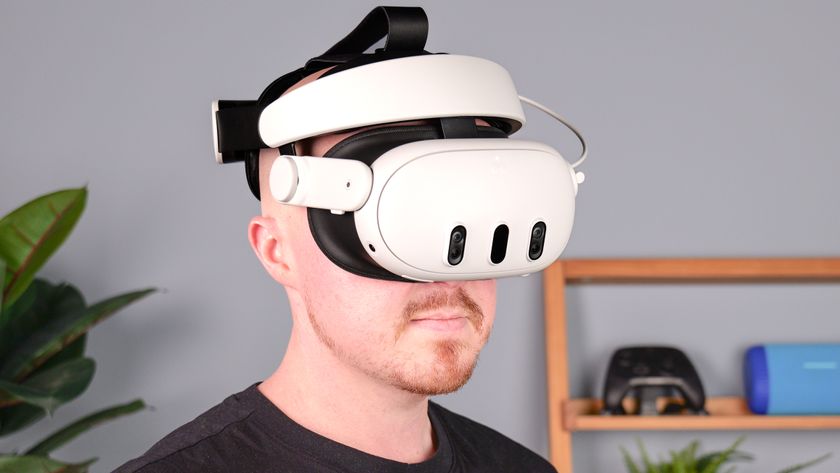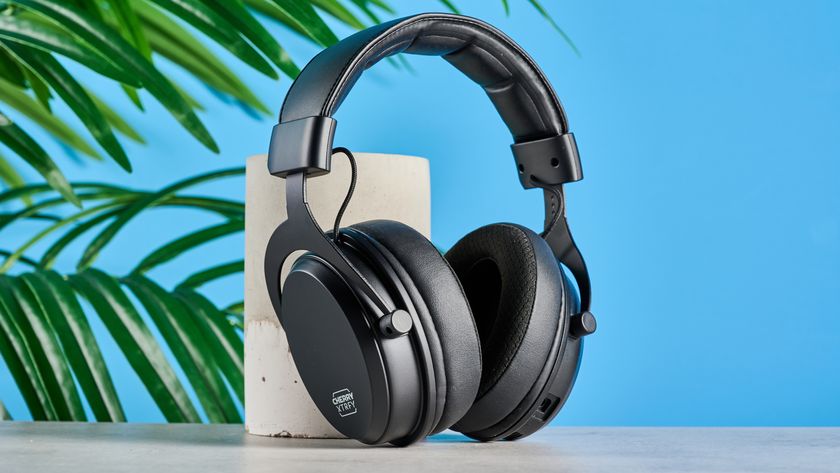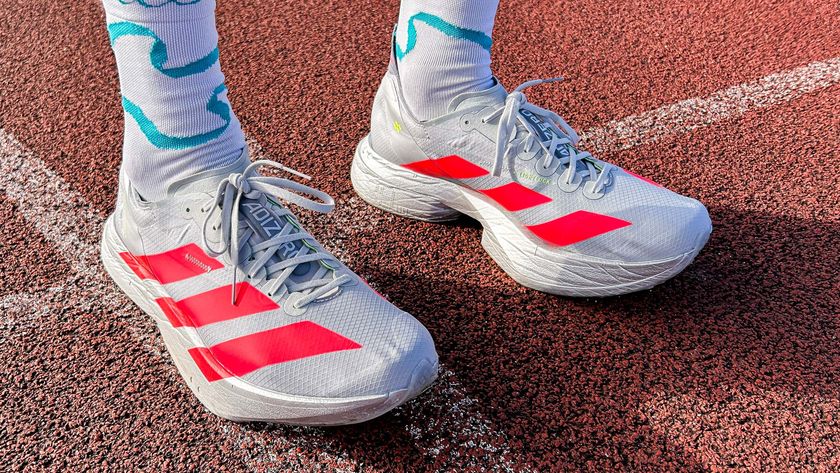Tom's Guide Verdict
A robust camera and dual SIM card slots make the affordable P8 Lite worth a look, but the device is outclassed by similarly priced, unlocked Android phones.
Pros
- +
Good camera
- +
Dual SIM card slots.
Cons
- -
Short battery life
- -
Runs older Android OS
- -
Low display resolution.
Why you can trust Tom's Guide
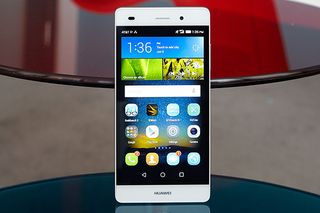
There's a burgeoning market for unlocked phones among shoppers who want quality handsets without spending flagship bucks. The Huawei P8 Lite joins the fray with a 5-inch display, 13-megapixel camera and dual SIM card slots, all for a very reasonable $249. However, with a lower-resolution screen and slower processor than its competitors, the P8 Lite can't quite carry its weight.
Design
Not surprisingly, the Huawei P8 Lite looks like a smaller, less expensive version of the P8, the company's more-premium 5.5-inch smartphone. Instead of a metal back, the P8 Lite is made of plastic, with a white, brushed finish. I like the very thin side bezels, just 0.11 inches, as well as the overall thinness of 0.3 inches. That's thicker than the 0.25-inch P8, but at 5.6 x 2.8 inches and weighing 4.76 ounces, it was still easy to hold this phone in one hand.
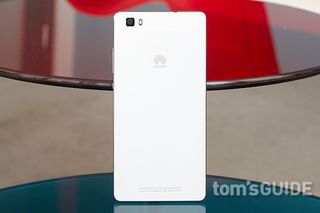
Best Reasons to Buy It
Camera
Overall, I liked the photos I took with the P8 Lite. Its rear camera uses a 13-MP Sony BSI sensor with an f/2.2 aperture
The phone accurately captured the Empire State Building and the blue sky, but an all-black Restoration Hardware facade in the foreground came out too dark, and skin tones of passersby were all over the place.

In a shot of a pot of flowers in front of a fountain, details were crisp, but purple petals looked flat, and the pink flowers were washed out by the sun.

Indoors, the P8 Lite's camera did a good job adjusting for the ambient lighting. In photos taken of fish in an ice case, the camera was able to neutralize the pinkish lighting without losing too much in terms of accuracy. Crab legs and wild-caught salmon lost some of their reddishness, but overall looked close to the real thing.
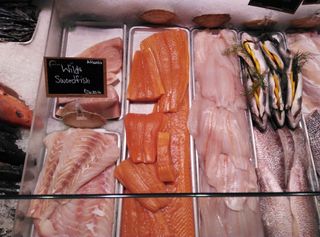
HDR mode did an admirable job accounting for light and dark areas, such as in the Empire State photo, but took about 2-3 seconds to process.
The All Focus mode lets you change what part of the image is in focus, by taking several shots in quick succession and combining them. This was evident when I took a picture of a flower in the foreground and the Empire State Building in the background. As I was taking the shot, a truck passed in front of me. After taking the shot, when I looked at the image and focused on the flower, the truck was in the left third of the frame. When I focused on the skyscraper, the truck had moved more toward the center of the image. Still, the feature works well.

Like the P8, the Lite's camera has a Beauty mode, which softens your features.
The front 5-MP CMOS camera has an 88-degree, wide-angle lens, which makes the camera more useful when you're taking group selfies (groupies?) or are on a group chat. Colors were accurate, and I could easily fit two of my colleagues in the frame, but there was a good deal of speckling and visual noise.
Dual SIM Card Slots
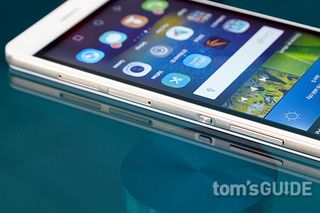
The P8 Lite features two SIM card slots, one of which can accommodate a microSD card, supporting up to 32GB of storage. Both SIM card slots support 4G LTE on all U.S. GSM bands. In other words, you can easily use this phone on AT&T, T-Mobile, Cricket or MetroPCS.
Huawei's Android Skin
Huawei's Emotion UI (EMUI 3.0) adds some nice touches, such as grouping all Google apps in a single folder. I also liked that the notifications drop-down listed items in a time line, so you know when you received, say, a text message or phone call. Notifications are also actionable; for example, you can archive or reply to emails, or return a phone call or send the caller a message.
MORE: Best Smartphones
You Can Pay in Installments
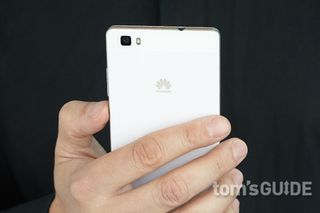
If the P8 Lite's $249 price is too much for you to pay up front, Huawei will also offer 3-, 6- and 12-month installment plans though Affirm, a lending agency founded in 2013 by PayPal co-founder Max Levchin. As with any credit card, Affirm charges an annual percentage rate (APR), which can vary from 10 percent to 30 percent, based on your credit score and other factors.
Best Reasons to Skip It
Display
The P8 Lite's 5-inch, 1280 x 720-pixel display is smaller than and has a lower resolution than other unlocked phones, such as the $249 Alcatel OneTouch Idol 3, $300 OnePlus One and $299 Asus Zenfone 2, all of which have larger, 5.5-inch 1080p displays.

At 335 nits, the P8 Lite is brighter than the Zenfone 2 (325 nits), but couldn't match the output of screens from the Onetouch Idol 3 (736 nits) or OnePlus One (432 nits). It can also show just 90.3 percent of the sRGB spectrum, which means it's less colorful than the Zenfone 2 (96 percent), the Onetouch Idol 3 (94) and the OnePlus One (93).
Old OS
The P8 Lite runs Android 4.4.4 KitKat, a generation behind Lollipop. That means you don't get features such as notifications on the lock screen, battery-saver mode, Do Not Disturb or expanded Google Now functionality.
So-So Performance
Powered by a 1.5-GHz Snapdragon octa-core 615 processor, the P8 Lite was relatively fast. Opening the camera took about 1.5 seconds, which isn't blazing, but still reasonably quick. My Porsche zoomed around the track smoothly in Real Racing 3; the pre-race animation was slightly choppy, though.
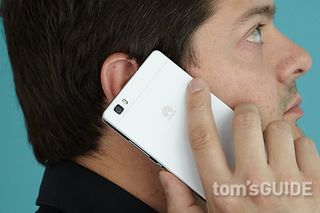
On Geekbench 3, the P8 Lite's score of 2,639 was better than the OnePlus One's mark (2,504, 2.5-GHz quad-core Snapdragon 801 processor), and the Alcatel OneTouch Idol 3's showing (2,029), which has the same CPU as the P8 Lite. The Asus Zenfone 2's Intel 2.3-GHz quad-core 64-bit Atom Z3580 CPU and 4GB of RAM scored a higher 2,832.

On 3DMark Ice Storm Unlimited, the P8's score of 8,828 was higher than the Idol 3 (6,384), but far less than the Zenfone 2 (20,588) and OnePlus One (18,399).

The P8 Lite was the slowest to convert a 204MB 1080p movie to 480p, taking 8 minutes and 37 seconds. That's behind the Onetouch Idol 3 (8:22), OnePlus One (5:58) and Zenfone 2 (3:40).

Lousy Battery Life
Huawei says the P8 Lite’s 2200 mAh battery can last up to 11 hours on a charge. However, on our Battery Test (Web surfing via 4G LTE at 150 nits), the P8 Lite lasted a measly 6 hours and 10 minutes on AT&T’s network. That's about two hours less than the average smartphone (8:17).
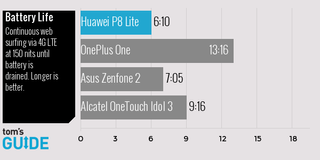
In comparison, the OnePlus One lasted more than 13 hours on the same test, and the Onetouch Touch Idol 3 lasted 9:16 (also on AT&T's network). The Zenfone 2 (7:05) also bested the P8 Lite.
MORE: Smartphones with the Longest Battery Life
Bottom Line
Typically, the "lite" version of anything — be it beer, soda or FM radio — indicates that the product has fewer calories or lower fat, but all too often, is code for a watered-down version of the real thing. Such is the case with the Huawei P8 Lite. This smaller, less expensive version of the P8 has a capable camera and dual SIM card slots, but a lower-resolution display and way-below-average battery life make this device much less of a bargain than similarly priced, unlocked smartphones.
For the same $249 price, the OnePlus One and OneTouch Idol 3 have larger and sharper displays and much better endurance. If you're willing to pay $50 more, the Asus Zenfone 2 offers much swifter performance. So we'd leave this Lite off your list.
- Best Camera Phone 2015
- OnePlus One Wins Smartphone Madness 2015
- How to Buy the Right Smartphone for Your Needs
Follow Michael A. Prospero @mikeprospero and on Google+. Follow us @TomsGuide, on Facebook and on Google+.

Michael A. Prospero is the U.S. Editor-in-Chief for Tom’s Guide. He oversees all evergreen content and oversees the Homes, Smart Home, and Fitness/Wearables categories for the site. In his spare time, he also tests out the latest drones, electric scooters, and smart home gadgets, such as video doorbells. Before his tenure at Tom's Guide, he was the Reviews Editor for Laptop Magazine, a reporter at Fast Company, the Times of Trenton, and, many eons back, an intern at George magazine. He received his undergraduate degree from Boston College, where he worked on the campus newspaper The Heights, and then attended the Columbia University school of Journalism. When he’s not testing out the latest running watch, electric scooter, or skiing or training for a marathon, he’s probably using the latest sous vide machine, smoker, or pizza oven, to the delight — or chagrin — of his family.
